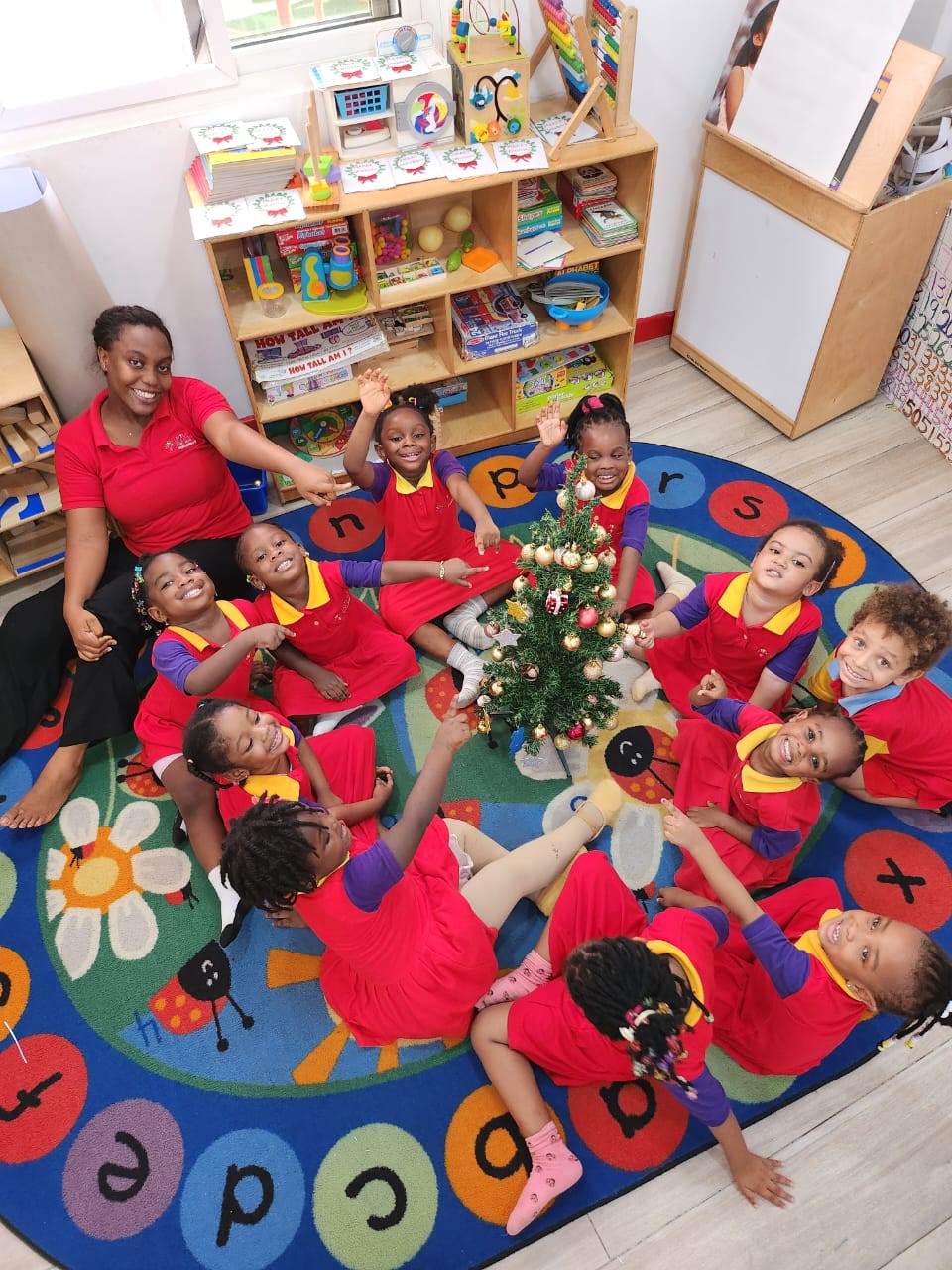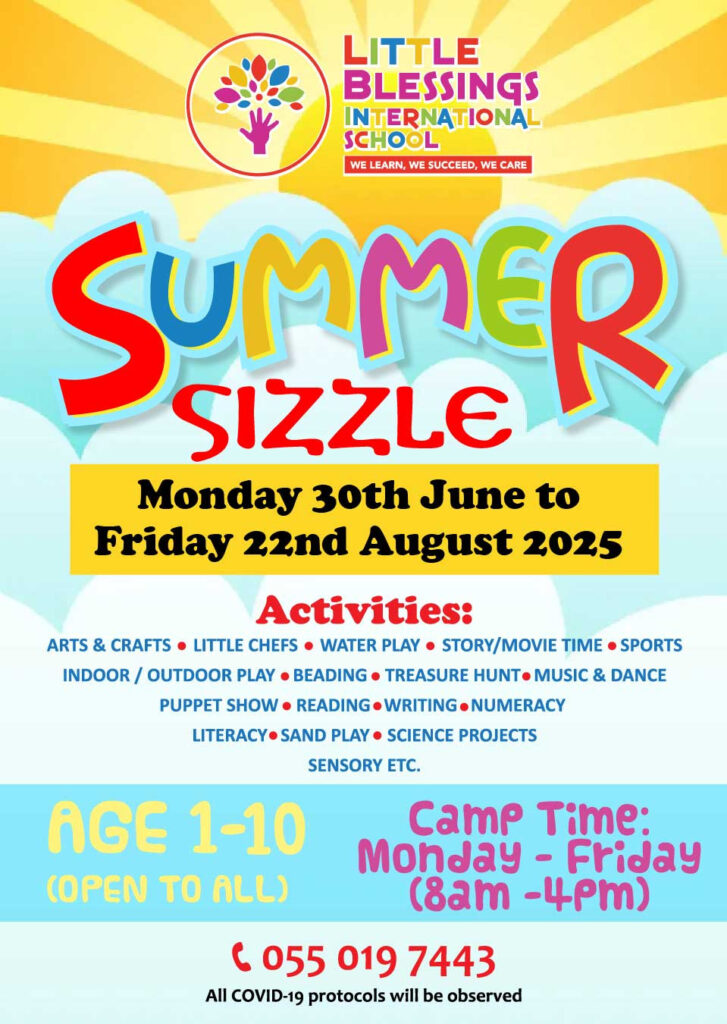The Preschool of Little Blessings International School seeks to educate your infant, toddler, and preschool-age or school-age child in a stimulating, nurturing and culturally diverse environment. Our school is open to children between the ages of three months to five years
Our building provides a colorful home-like atmosphere for your little ones. We have spared no expense in creating safe, luxurious and educational classrooms to accommodate the intuitive child of today. Little Blessings International School is the new standard in day care!
The Preschool Curriculum
At Little Blessings International School (LBIS) our curriculum is a well-balanced blend of the UK Early Years Foundation Stage Curriculum and the Creative Curriculum, popularly used in the USA. Our blended program is designed to nurture resilient, capable learners in an interactive, safe, caring, learning environment. The curriculum is designed to be practical and realistic in recognizing that the “one size fits all” approach to learning could be destructive to the learning process and a child’s self-confidence.
Research shows that young children learn best when they are active, engaged and interested. Here at LBIS, we recognise this and use children’s own interests to plan for learning that will engage and excite them for long periods of time. We believe in learning through play and provide a mixture of child initiated and adult led play opportunities both inside and outside the classroom. Play is both valued and celebrated in our school.
Our teachers and teaching assistants enable learning through a mixture of observing, play and overt teaching. These interactions support teachers in assessing where children are currently at in their development and in turn planning for children’s individual next steps

UK Early Years Foundation Stage
The UK Early Years Foundation Stage Curriculum supports our belief that all areas of learning and development are equally important and interconnected. There are seven areas of learning and development that must provide a framework for planning, teaching and assessing in Early Years settings. All areas of learning and development are inter-connected.
The three prime areas are:
Communication and Language
Children will be given lots of opportunities to experience a rich language environment; to develop their confidence and skills in expressing themselves; to speak and listen in a range of situations.
Physical Development
Children will be provided with opportunities to be active and interactive; to develop their co-ordination, control and movement. Children will be taught the importance of physical activity and to make healthy choices in relation to food and hygiene.
Personal, Social and Emotional Development
Help children develop a positive sense of themselves and others; forming positive relationships and develop respect for others; develop social skills and learn how to manage their feelings; understand appropriate behaviour in groups; and have confidence in their own abilities.
There are also four specific areas, through which the three prime areas are strengthened and applied:
Literacy
Children will be taught to link sounds and letters and to begin to read and write. Children will understand what has been read to them and anticipate key events in stories; they will be introduced to a world of rich vocabulary and will be given access to a wide range of reading materials to ignite their interest.
Numeracy
Children will be provided with opportunities to explore numerical pattern and to develop and improve their skills in counting, understanding and using numbers, calculating simple addition and subtraction problems; and to describe shapes, spaces and measures.
Understanding the World
Children will make sense of their physical world and their community through opportunities to explore, observe and find out about people, places and the environment.
Expressive Arts and Design
Children will explore and play with a range of media and materials, as well as providing opportunities and encouragement for sharing their thoughts, ideas and feelings through a variety of activities in art, music, movement, dance, role-play, and design and technology.
Creative Curriculum
The Creative Curriculum balances both teacher-directed and child-initiated learning, with an emphasis on responding to children’s learning styles and building on their strengths and interests.
Both approaches acknowledge that children develop and learn in different ways and at different rates, hence the reason our curriculum’s foundation is built on these two schools of thought.
The Creative Curriculum aids teachers to intermingle with children in ways that encourage development and learning, raise children’s social competence, support children’s learning through play, create rich environments for learning, and create strong home-school connections.
The aim of the Creative Curriculum is to help children become independent, self-confident, inquisitive and passionate learners by keenly discovering their environment. The curriculum identifies goals in all areas of development: Social/Emotional, Cognitive, Physical and Language.

